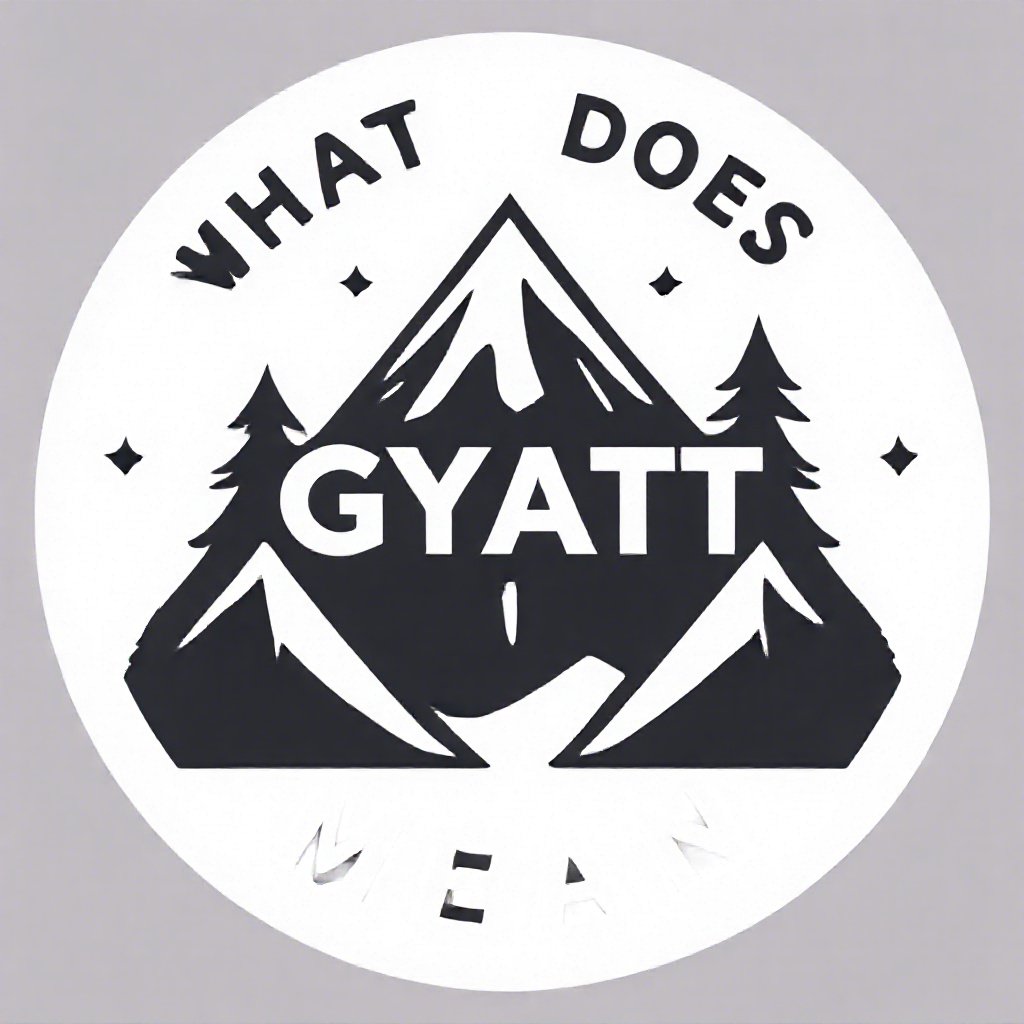In the vast expanse of the internet, myriad subcultures emerge, each reflecting unique facets of digital society. One such phenomenon is the “Coomerparty,” a term that has gained traction in recent years. This article delves into the origins, cultural significance, and societal implications of the Coomerparty, shedding light on this intriguing virtual subculture.
Origins of the Coomerparty
The term “Coomer” originated from internet meme culture, depicting a caricature of an individual excessively indulging in online adult content. This character is often portrayed as disheveled and socially isolated, symbolizing the pitfalls of digital overconsumption. The “Coomerparty” extends this concept, representing virtual gatherings or communities where individuals share and consume explicit content, primarily sourced from platforms like OnlyFans and Fansly.
The Digital Subculture
At its core, the Coomerparty is more than just a meme; it has evolved into a digital subculture that thrives on the anonymity and accessibility of the internet. Participants, often referred to as “Coomers,” engage in forums and chat rooms to share explicit material, discuss personal experiences, and explore their sexuality without the constraints of societal norms. This subculture challenges traditional views on sexuality and content consumption, fostering a community that values freedom of expression and exploration.
Legal and Ethical Considerations
The activities within Coomerparty communities raise significant legal and ethical questions. The unauthorized sharing of explicit content can infringe upon creators’ rights, leading to potential legal repercussions. Moreover, the lack of consent in distributing such material poses ethical dilemmas, as it violates the privacy and autonomy of content creators. Platforms hosting these communities often grapple with moderation challenges, balancing freedom of expression with the need to prevent illegal activities.
Psychological and Social Impacts
Engagement in Coomerparty activities can have profound psychological and social effects. The excessive consumption of explicit content may lead to addiction, desensitization, and distorted perceptions of sexuality and relationships. Socially, individuals may experience isolation, as virtual interactions replace real-life connections. The normalization of such behaviors within these communities can further entrench individuals in cycles of dependency, impacting their overall well-being.
Societal Implications
The rise of the Coomerparty reflects broader societal shifts towards digital consumption and the blurring of public and private boundaries. It challenges traditional norms surrounding sexuality, prompting discussions about consent, privacy, and the commodification of intimate content. As this subculture grows, it influences perceptions of sexuality, relationships, and the ethical considerations of content consumption in the digital age.
Alternatives and Solutions
Addressing the challenges posed by the Coomerparty requires a multifaceted approach. Promoting digital literacy and awareness about the ethical implications of content sharing is crucial. Encouraging healthy consumption habits and providing support for individuals struggling with addiction can mitigate negative impacts. Platforms can implement stricter moderation policies and collaborate with content creators to protect their rights and privacy.
Conclusion
The Coomerparty is a complex digital subculture that encapsulates the evolving dynamics of internet culture, sexuality, and content consumption. While it offers a space for exploration and community, it also presents significant legal, ethical, and psychological challenges. Understanding and addressing these issues is essential as society navigates the intricacies of the digital age.










Leave a Reply